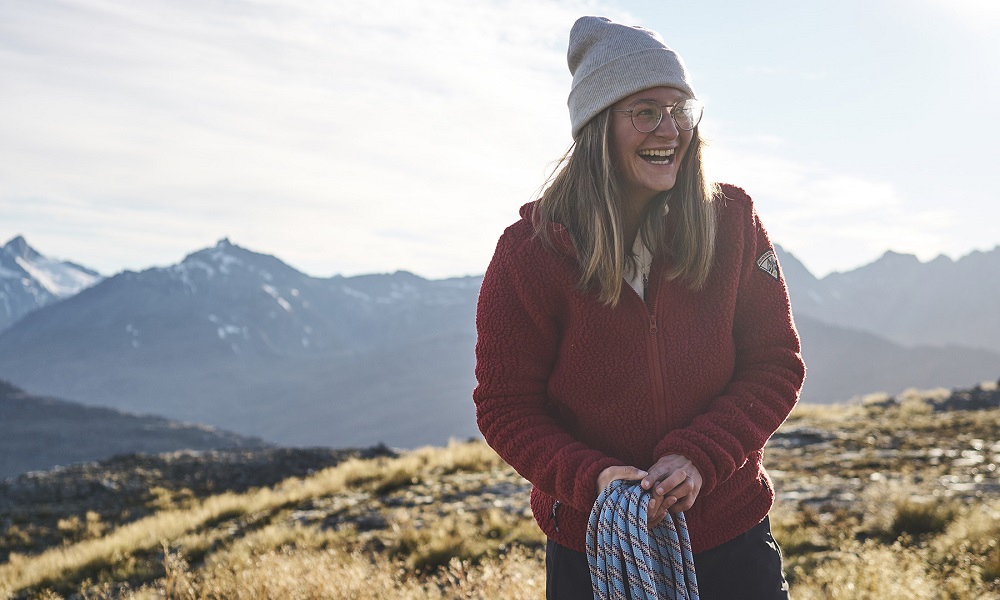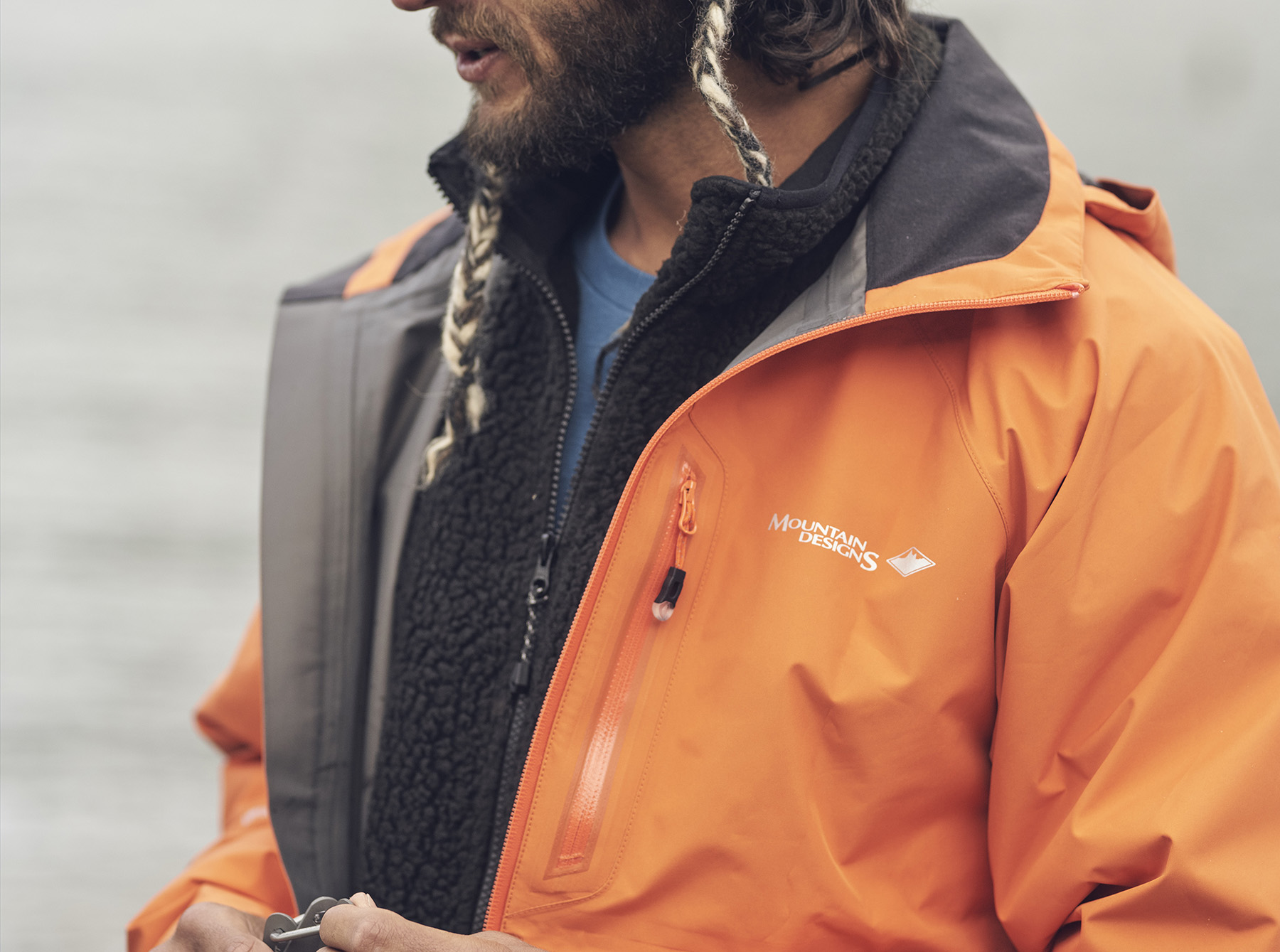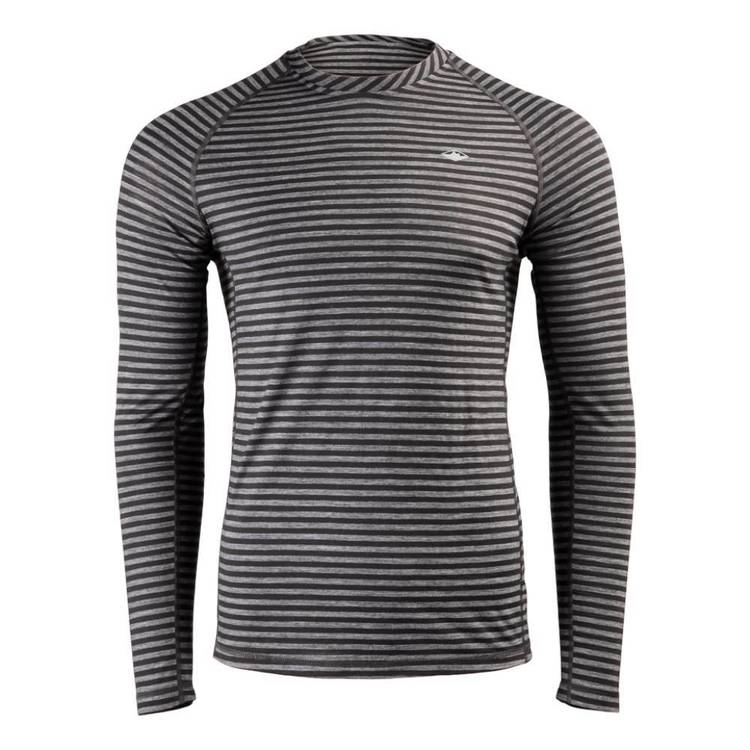| Your browser is not supported. | ||
|
Please browse our site using any of the following options:
| ||
The Art of Layering

Gearing up for an outdoor adventure involves packing a mix of apparel and equipment. When it comes to the clothing side of things, the way you layer your outfit can have a huge impact on reducing the amount of kit you eventually take with you, but more crucially, on increasing how comfortable you feel throughout your trip. Read on to learn more about the all-important art of layering.
What Is Layering, Why Is It Important & How Do You Do It?
Layering your clothing is essential to maximising your overall comfort in the outdoors. It is a simple concept but a vital one, allowing you to make quick outfit adjustments on the fly based on your activity level and changes in the weather. It also helps you to minimise your load - the more efficient your layering system is, the less clothing you will be required to carry. Each layer has a primary function. The base layer manages moisture - the mid layer protects you from the cold - the outer layer shields you from wind and rain. You simply add or subtract layers as needed.

Base Layer Principles
Your base layer (or underwear/thermals layer) helps manage body moisture by transferring or 'wicking' perspiration away from your skin. This is vital in cold conditions, as it prevents you from getting chilled, or worse, hypothermic. An effective base layer should -
- Allow you to retain your freedom of movement;
- Protect from external temperatures and maintain your core body temperature;
- Avoid becoming damp;
- Have vapour transferability and;
- Possess a maximum warmth-to-weight ratio.
In cold weather, thermals are best for base layering while a tee shirt, shirt or top can be used in the warmer months.
Mid Layer Principles
The mid layer plays a key role in the retention of your body heat and protecting you from the cold. It is all about insulation performance - the more efficient this layer is, the warmer you will be. An effective mid layer should -
- Comfortably fit over your thermals;
- Allow natural, dynamic movements that work to your normal biomechanical ranges;
- Wick, breathe and retain a minimum amount of water;
- Remain warm (or cool) when wet and;
- Provide a barrier against wind.
Typically, fleece is used for mid layers but other common options include down insulated jackets and vests, synthetic insulated jackets and vests, and Merino wool jackets.
Outer Layer Principles
Your outer layer creates a barrier that shields you from wind, rain and snow. It is, quite simply, your first line of defence from the elements. Your outer layer should -
- Comfortably fit over base and mid layers;
- Allow natural, dynamic movement;
- Be 100% waterproof and/or windproof and;
- Allow rapid breathability of body vapour and retain a minimum amount of water.
Shells that can be used as an outer layer include rainwear, snow jackets and softshell jackets.
3 Key Elements For Outdoor Comfort
- Be weight-conscious - wear lightweight, current-technology fabrics specifically designed for a certain outdoor use.
- Integrated fit - Mountain Designs clothing systems are designed to integrate and allow dynamic movement, even when wearing many layers. Always try on the full system to get a feel for what range of movement you will have.
- Expect to be comfortable - Mountain Designs garments and their fabric functions are designed to appeal to your sense of comfort. You will feel comfortable if your skin is warm (or cool) and dry.



